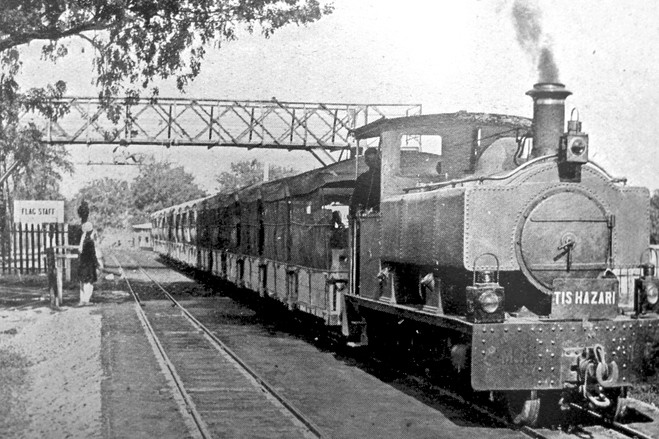
Indian railway is known as IR and is an enterprise owned by the state of India. It is owned by the Ministry of Railways and operated by them. The network of the railways is made up of 115,000 km, which is 71,000 mi of track that stretches over a route of 65,000 km or 40,000 mi long and comprises 7,500 stations.
This railway network is one of the largest railway networks in the world. This network has helped transport more than 25 million people every day from one place to the other, according to statistics. This equates to more than 9 billion people every year. In 2011, trains carried more than 24 million passengers daily, which amounts to almost 8,900 billion people.
Suburban passengers are what comprised half of this population. In addition, it carried a load of almost 2.8 million tons every day. The revenue of this network was nearly 111,984.89 crores in 2011 and 2012. This can be calculated to be almost 20.38 billion US dollars. More particularly, out of this revenue, 69,675.97 cores come from cargo, and 28,645.52 crores come from the railway tickets sold to passengers. A line was first constructed in 1853 between the regions of Bombay and Thane, and that is how railways came into existence in the country. Later in the year 1951, India’s Railway network became the largest one in the country when specifically related systems were combined to form one unit. This unit became nationalised a the Indian Railways.
They operate on a multi-gauge network of several narrow, broad and meter gauges. There are codes marked which are decided and assigned considering certain factors such as the type of gauge, kind of operation and the sort of power. This network also owns the faculties of coach production and locomotive facilities in different parts of the country.
The railways are operated over twenty-four states of the country and its three union territories. Occasionally, limited international services are offered to travel to neighbouring Bangladesh, Pakistan and Nepal countries. The Railways of India is the ninth largest commercial or utility employer. The network is divided into several zones, further divided into sub-zones. Initially, six zones increased to eight in 1951. In 1952, the number came up to sixteen. The IR has sixty-eight divisions.

